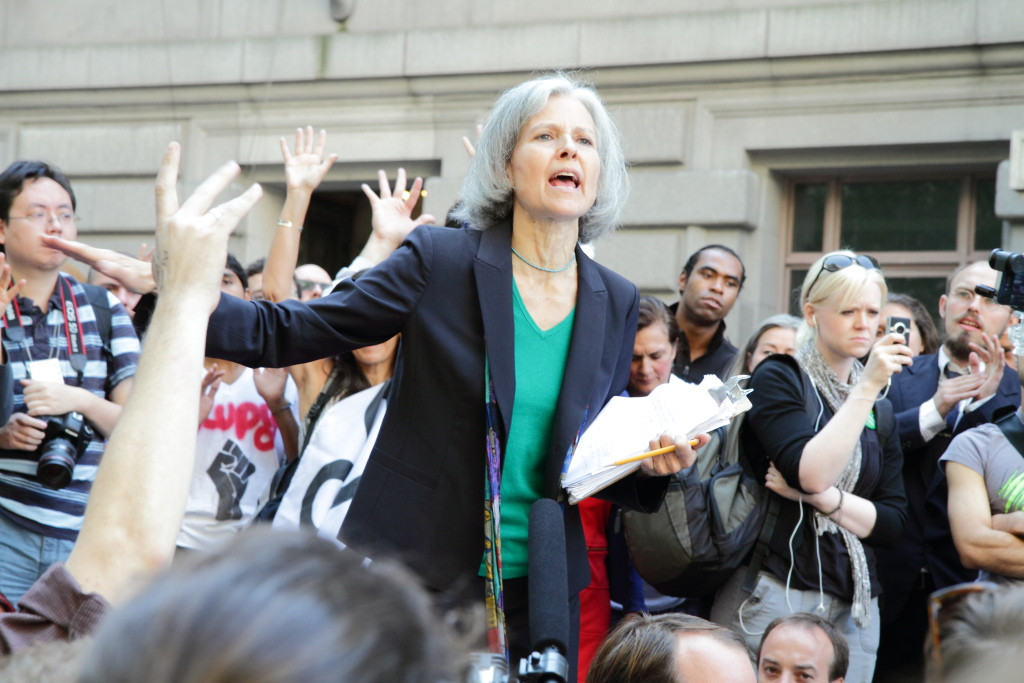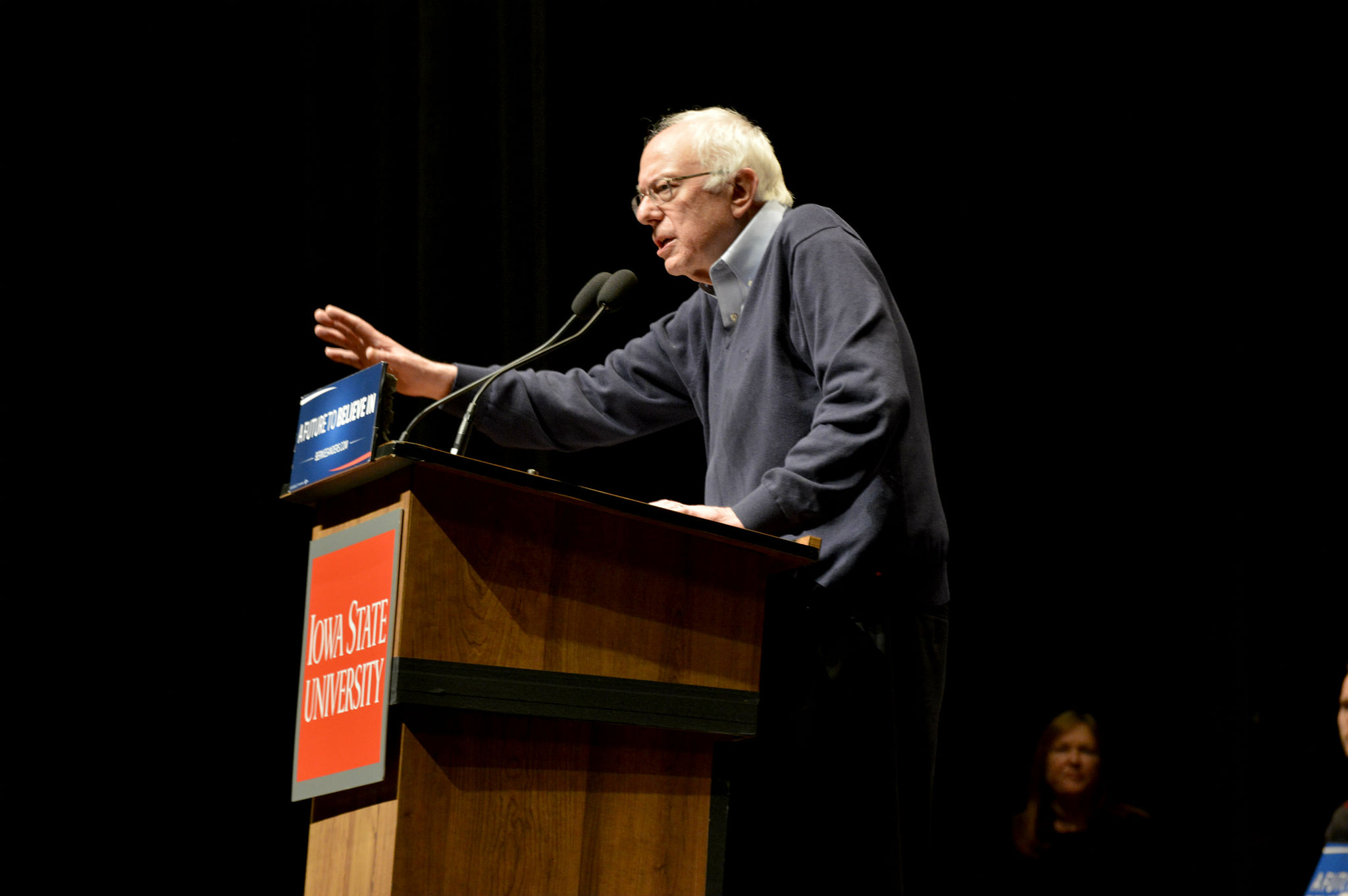Originally published at MintPress News.
WASHINGTON — With presidential candidates hoping to court young voters, it’s not surprising that the student debt crisis and the rising cost of a college education have become key campaign issues. While Hillary Clinton has promised to make college more affordable, Vermont Sen. Bernie Sanders and Dr. Jill Stein want to make it accessible to everyone.
As of the end of June, the Federal Reserve estimated there were about $1.19 trillion dollars worth of seriously delinquent education loans, according to USA Today, with many analysts predicting that this debt crisis could cause another serious financial collapse. A recent study by the Brookings Institution suggested predatory behavior by for-profit colleges created a substantial portion of this debt, as Shadowproof’s Dan Wright reported earlier this month.
Heather Gautney, a professor of sociology at Fordham University, openly praised Clinton’s ideas in an analysis of Sanders and Clinton’s competing college plans published in August on Sanders’ official campaign website. “[T]he Clinton plan doesn’t go far enough,” Gautney argued, warning that it would still place too much burden on struggling families and students: “It fails to place the issue of college affordability in the proper context: as a societal, rather than an individual, problem.”
“We need to fundamentally reshape the way we think about tuition at public colleges,” she wrote, noting that Sanders’ plan would “return to that view of education as integral to America’s common wealth, and to our democracy.”
Under Clinton’s “New College Compact,” the government would offer $1.75 billion in federal funds to be reinvested in accessible public education, expand college grants for low-income families seeking to send their first members to college, and increase the availability of student loans while reducing the government’s role in profiting from federal student loan interest. Those with existing loans could refinance them at the new, lower rates.
Speaking at a New Hampshire high school in August, Clinton said voters would “never have to pay more than 10% of their income when repaying” low-interest federal student loans. But, perhaps to appease conservatives, Clinton has also insisted that students should still contribute to paying for their education. Most students would be expected to work 10 hours a week, and there would be limits on using loans or grants to pay for personal expenses during college.
Yet, as Gautney noted in her analysis of Clinton’s plan, “That can be difficult for students carrying a heavy class load, especially if the work isn’t related to their studies.”
Sanders’ plan, by contrast, treats an accessible college education as a universal human right. His “College for All Act” would create large-scale federal incentives for states to offer genuinely free tuition at all public colleges and state universities.
Although The Wall Street Journal lashed out at Sanders earlier this month for the high costs of his proposals, a rebuttal from Paul Waldman, writing for The Washington Post, notes that Sanders also has a clear route to financing them through reducing the untaxed wealth of the richest 1%.

Indeed, according to a June report from Business Insider, the free tuition would be funded through a tax on Wall Street trades, also known as a “Robin Hood Tax.”
Speaking at a press conference in May, Sanders explained:
At a time of massive income and wealth inequality, at a time when trillions of dollars in wealth have been shifted from the middle class and working families of this country to the top one-tenth of one percent, at a time when the wealthiest people in this country have made huge amounts of money from risky derivative transactions and the soaring value of the stock market, this legislation would impose a speculation fee on Wall Street investment houses and hedge funds.
In a similar vein, Green Party presidential candidate Jill Stein is looking to Wall Street to finance her plan for free college education and student loan debt relief. Just as the Federal Reserve used quantitative easing to bail out banking and investment institutions during the 2008 financial crisis, Stein proposes using the same emergency powers to buy back student loan debt.
“Using quantitative easing to repay student debt would unleash enormous productivity and creative power,” Stein said at a speech in May to the New Jersey Student Power Conference. “So it would deliver a real boost to the economy, unlike the quantitative easing used to repay bank and corporate debt which allowed ‘too big to fail’ banks to continue racking up huge profits in an unproductive financial sector.”
Both Sanders and Stein seem to be in agreement that the current system of ever-rising college costs is untenable, threatening a new economic crisis and an intellectual deficit in the country’s workforce.
Stein said:
It is unconscionable to launch our young people into their economic lives by inflicting tens of thousands of dollars of debt at the outset, especially when the jobs to repay that debt are unavailable.
